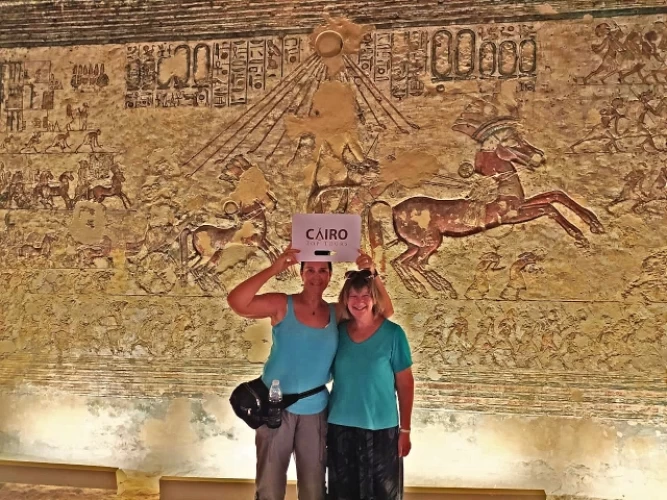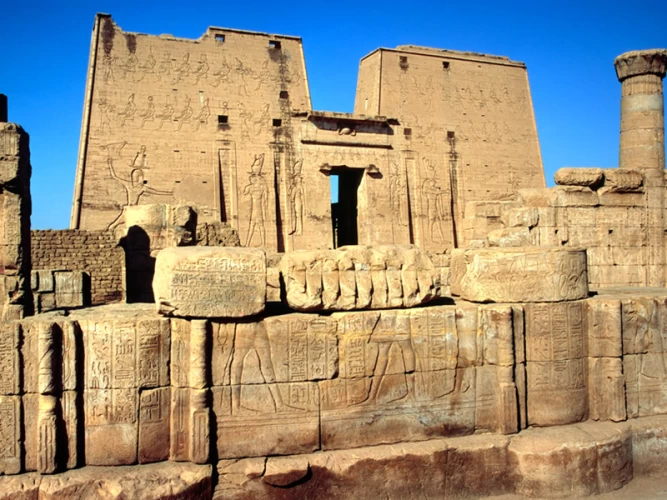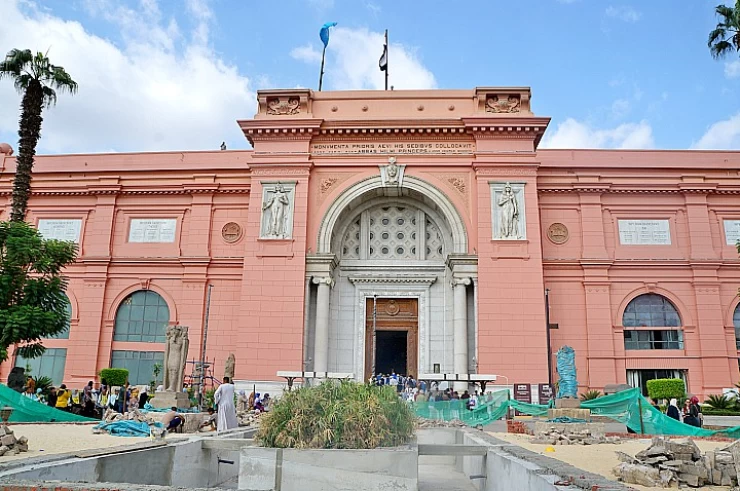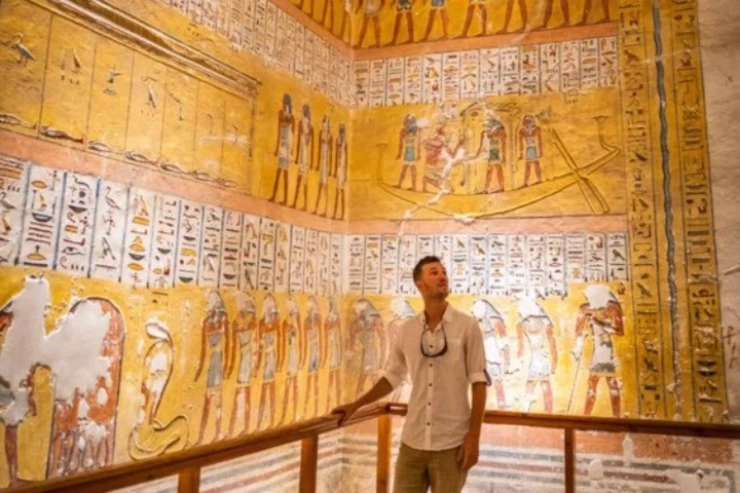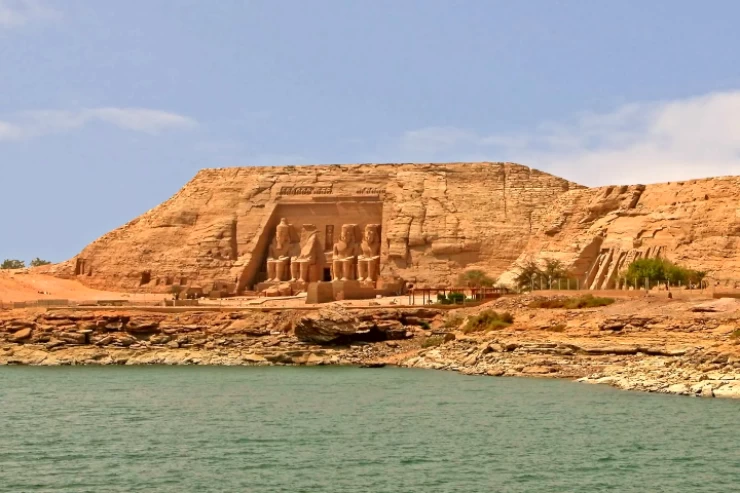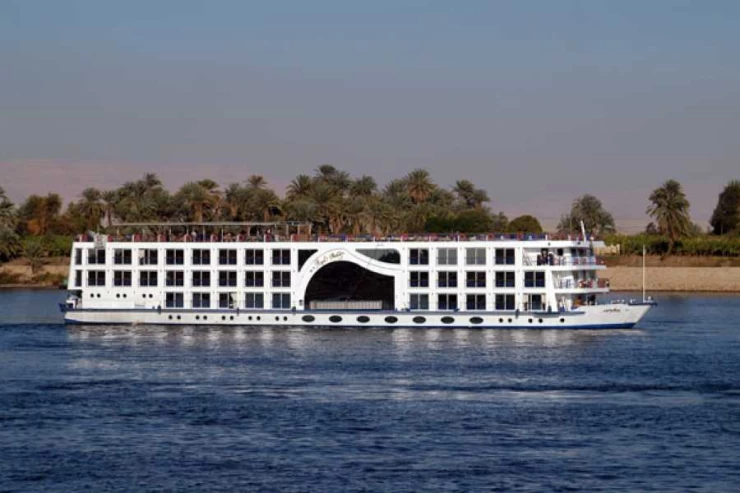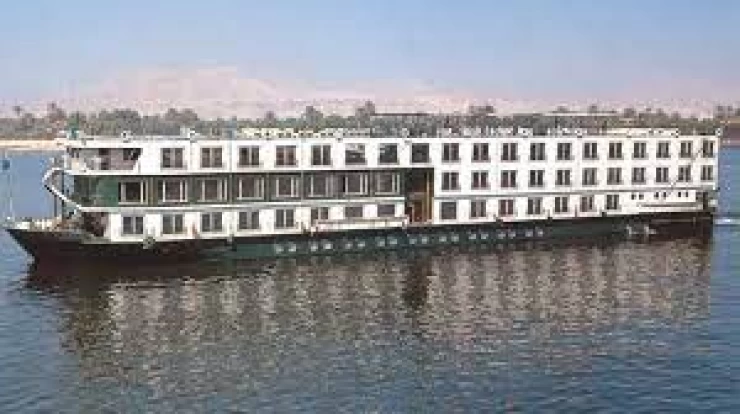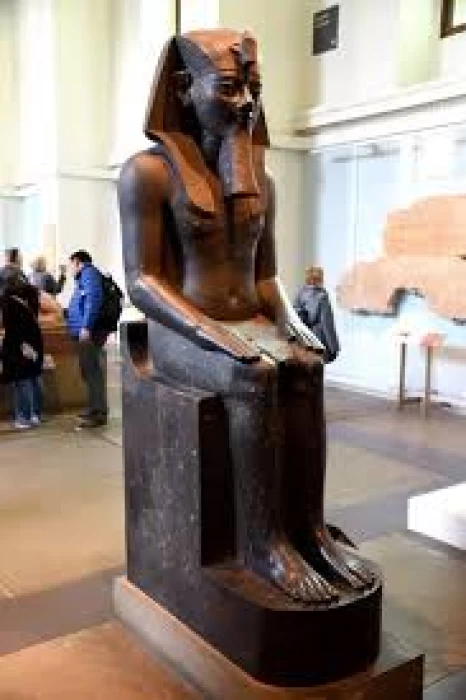
King Amenhotep III
El Qasr Village in Bahariya oasis
The ninth ruler of Egypt's XVIIIth dynasty was Amenophis III. He took over for his father, Thutmose IV. He had a son, Akhenaten (Akhenaten), with Queen Tiy, who took the throne after him. It appears that Amenhotep was crowned when he was still a young child, most likely between the ages of six and twelve.
His reign was divided into two major periods. During the first years of government, he appears as a strong young king, in the style of Amenhotep II, his father's predecessor. Then, in the following 25 years, he highlighted a policy of building great works and the co-direction with which his son and successor, Amenhotep IV, the future Akhenaten, was. One of the most important events in Pharaoh's life was his marriage to Tiye, the great royal wife, who played an important role during his reign.
Unfortunately, his mortuary temple, the largest of its kind ever built, was destroyed when Ramses II used it as a quarry for his own temple. Only the two colossal statues that stood at the entrance survive. These two statues are called "Colossi of Memnon" or "The Singing Ciossi of Memnon". These two massive statues are made out of stone and date back to the 18th Dynasty. They depict the king seated on the throne. They are made out of quartzite. They were built to be the guardians of the temple. This temple was destroyed because of the earthquakes and floods in Egypt.
These Two States were named for Memnon who was a great Ethiopian hero who led his armies from Africa to Asia. According to Mythology Memnon was a mortal son of Eos. They called the singing statues because an earthquake shattered them from the upper part of them causing noise every day at dawn.
In the early years of his reign, Amenhotep was a strong young man who enjoyed sport and hunting. In his fifth year as king, he led an expedition to Nubia to put down a rebellion, but there was no need for military activity. Amenhotep favored peaceful races over war.
He married Queen Tiye who supported him during his reign as well as being a life partner, apparently in control of everything when her beloved husband was busy. The happy pair had 6 children. 4 of which were girls and had a great position in the kingdom. Their most adult son, Thutmosis, who was nominated after Amenhotep III's father, passed away as a child.
This left the kingdom to their second son, Amenhotep IV, who changed his name and is better known as Akhenaten. When Akhenaten took over, he was not very successful. His son, while famous, also did not meet the flourishing standards of Amenhotep III's rule, Tutankhamun, Despite the fact that his reign was short and ended peacefully, he is one of the most well-known Egyptian pharaohs of all time.
As he aged, Amenhotep grew fat and suffered ill health. His mummy shows that he endured painful dental diseases.
Latest Articles
Admin
Seabourn Sojourn Cruise Stops in Safaga Port
The Seabourn Sojourn, the flagship vessel of Seabourn Cruise Line's ultra-luxury fleet, was built in 2008 at the T. Mariotti shipyard in Genoa, Italy. Measuring 198 metres, it can accommodate up to 450 guests in its 225 spacious all-suite staterooms.
Admin
Norwegian Sky Cruise Stops in Safaga Port
Norwegian Cruise Line operates a cruise ship called the Norwegian Sky. It was constructed in 1999 and can accommodate 2,004 passengers in addition to 878 crew members. The ship has several dining establishments, lounges and bars, a spa and fitness center, swimming pools, and a number of entertainment areas.
Admin
Explora II Cruise Stops in Safaga Port
Explora II, the second vessel in the Explora Journeys fleet, sets sail in 2024 to redefine luxury cruising. With 461 ocean-front suites, 9 culinary experiences, and 4 pools, this haven of sophistication and sustainability promises an unforgettable "Ocean State of Mind" journey to inspiring destinations.
Admin
Mein Schiff 6 Cruise Stops in Safaga Port
The Mein Schiff 6 is the latest cruise ship in the renowned TUI Cruises fleet, offering passengers a luxurious and sophisticated cruise experience. At 315 metres long, this floating resort features a range of dining options, entertainment, and recreational facilities, including a spa, fitness centre, and sports amenities.
Admin
Mein Schiff 4 Cruise Stops in Safaga Port
When the Mein Schiff 4 cruise ship docks in Safaga, Egypt, passengers are granted access to a realm of ancient wonders. Aboard this state-of-the-art vessel, guests can embark on meticulously curated shore excursions that showcase the region's most iconic landmarks, including the Giza Pyramids, the enigmatic Sphinx, and the remarkable tombs and temples of the Valley of the Kings in Luxor.
Admin
MS Europa Cruise Stops in Safaga Port
The Silver Moon, Silversea's latest flagship, is a luxury cruise ship that offers an exceptional travel experience for Venezuelans exploring Egypt. With a capacity of 596 guests and an impressive 40,700 gross tonnes, the Silver Moon maintains the small-ship intimacy and spacious all-suite accommodations that are the hallmarks of the Silversea brand.






